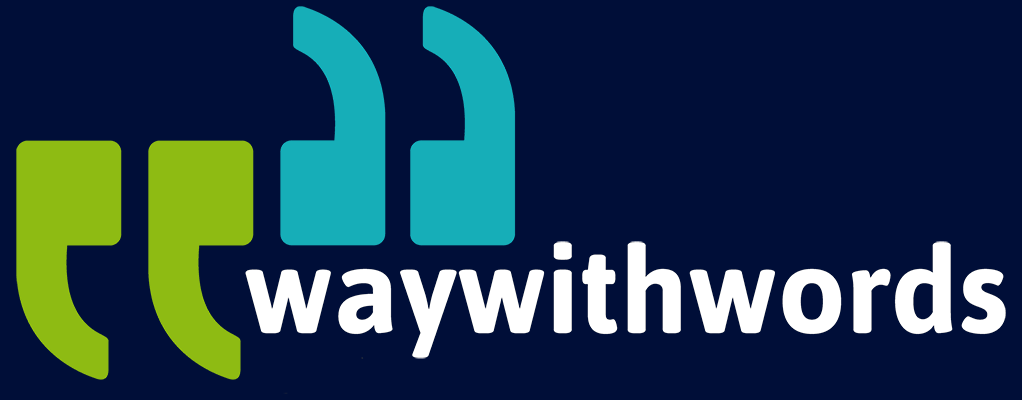What’s the Difference Between Scripted & Unscripted Speech Collection?
When Should I Use One Method Over the Other?
In the fast-growing field of speech technology, the way data is collected matters just as much as the models built from it. When developing applications such as automatic speech recognition (ASR), text-to-speech (TTS), or conversational AI, the quality, type, and purpose of the underlying voice dataset directly influence system performance. Among the most important distinctions in dataset design is whether speech is scripted or unscripted.
Both approaches bring unique strengths and challenges. Scripted recordings are predictable and uniform, while unscripted or spontaneous speech data captures the natural messiness of human conversation, such as regional slang. Understanding when and why to use one method over the other is essential for dataset project managers, NLP model developers, and anyone working in voice technology.
This article explores the differences between scripted vs unscripted speech, their advantages, limitations, and practical applications in today’s AI landscape.
Defining Scripted vs. Unscripted Speech
At its simplest, the distinction between scripted and unscripted speech collection lies in preparation and intention. Scripted speech refers to recordings where participants read or repeat prepared prompts. These might be sentences, word lists, or structured dialogues written to elicit specific vocabulary, pronunciations, or phonetic coverage. For example, a voice dataset might ask participants to read “The quick brown fox jumps over the lazy dog” or recite a list of digits.
By contrast, unscripted speech involves spontaneous, unplanned utterances. Instead of following a script, participants may hold natural conversations, narrate personal experiences, or answer open-ended questions. This results in a dataset that reflects the way people actually speak, with interruptions, hesitations, filler words (“um,” “you know”), regional slang, and varying levels of formality.
A useful way to think of it is:
- Scripted speech = planned, consistent, designed to control variables.
- Unscripted speech = unplanned, authentic, designed to capture reality.
For corpus curation leads and conversation design researchers, this distinction is not just academic. It determines how usable the data will be for different machine learning tasks. A chatbot trained exclusively on scripted speech may sound robotic and fail to handle natural input, while an ASR system built only on unscripted speech may struggle to accurately recognise rare words or proper nouns without structured reinforcement.

Advantages of Scripted Speech Collection
Scripted speech has long been a cornerstone of dataset creation, especially in early-stage research or for systems that require predictable pronunciation. The main advantage is consistency. Because participants follow the same script, researchers can compare results across many speakers and control for variables such as vocabulary choice or sentence length.
Predictability and Annotation
Scripted speech is much easier to annotate. Since the prompts are predetermined, transcribers or automated systems can align recordings with reference text quickly. This reduces both cost and error rates during the labelling process.
Phonetic and Lexical Coverage
Another advantage is that prompts can be deliberately crafted to ensure coverage of specific phonemes, intonation patterns, or grammatical structures. For example, when building a TTS system, engineers might want sentences that contain a balanced distribution of vowel and consonant sounds. Scripted datasets allow them to design for this in advance.
Suitability for TTS and Baselines
Scripted recordings are ideal for text-to-speech systems. The clear, deliberate pronunciation helps models learn the mapping between text and audio. Similarly, scripted data is often used for establishing baseline models in speech recognition, as it provides clean and uniform examples that help in initial model training before more complex data is introduced.
Controlled Recording Environment
Because scripted sessions are often collected in studio-like conditions, they tend to have less background noise and fewer interruptions. This ensures high audio quality, which is essential for model reproducibility and for training smaller datasets where noise could distort outcomes.
In short, scripted speech collection provides structure, clarity, and efficiency. It is the backbone of many projects, particularly when high precision and control are required.
Benefits of Unscripted Speech Data
While scripted datasets provide control, they rarely reflect the way people speak in daily life. This is where unscripted or spontaneous speech data becomes invaluable.
Real-World Variability
Humans speak in a messy, dynamic way. We change our tone mid-sentence, add filler words, pause to think, or switch between languages. Unscripted speech captures all of these elements, making it indispensable for training robust ASR systems. Without exposure to the quirks of spontaneous language, models will underperform in real-world applications like customer service, healthcare dictation, or mobile voice assistants.
Prosody and Emotion
Unscripted data also carries natural prosody—intonation, rhythm, and emphasis—that scripted speech cannot easily replicate. For emotion detection systems or conversational AI, this is critical. A dataset filled only with scripted monotone readings would fail to teach a system how anger, joy, or hesitation sounds in practice.
Regional Expression and Code-Switching
In multilingual contexts, unscripted speech often captures code-switching, where speakers alternate between languages within the same conversation. This behaviour is widespread in regions like Africa, India, and Latin America. Only unscripted datasets reveal these patterns naturally, making them essential for building inclusive language technologies.
Training Conversational Models
For chatbots, call centre analytics, and dialogue systems, unscripted speech is the closest proxy to real user interactions. Models trained with unscripted data are better at handling unexpected inputs, slang, and irregular grammar.
In essence, unscripted speech adds the richness of human unpredictability to datasets. It makes AI systems more adaptable, user-friendly, and context-aware.
When to Use Each Method
Neither scripted nor unscripted speech collection is inherently superior. Their usefulness depends entirely on project goals, model type, and target environment.
Scripted Use Cases
- Text-to-Speech (TTS): Clear, consistent pronunciation is vital for synthesising lifelike voices.
- Baseline ASR Training: Early models often need clean, controlled data to establish foundational recognition ability.
- Phonetic Research: Linguists analysing sound systems benefit from scripted data with balanced phoneme distribution.
- Command-Based Systems: Voice assistants that rely on short, fixed prompts (“Turn on the lights”) can train effectively on scripted inputs.
Unscripted Use Cases
- Conversational AI and Chatbots: These require natural interaction data to handle unpredictable inputs.
- Call Centre Models: Analysing real customer calls demands authentic recordings of hesitations, interruptions, and varied accents.
- Emotion Detection: Capturing tone and affect depends on unscripted, emotionally coloured speech.
- Multilingual Systems: To reflect code-switching and informal usage, unscripted corpora are essential.
Combining Both
Many modern projects adopt a hybrid approach. Scripted data provides structure and coverage, while unscripted data injects realism. Together, they create balanced corpora that allow models to perform well both in controlled tasks and unpredictable real-world scenarios.
Challenges in Quality Control
Both scripted and unscripted methods introduce challenges when it comes to ensuring dataset quality.
Scripted Speech Challenges
The main criticism of scripted data is that it often sounds unnatural. When participants read text aloud, their speech tends to lose natural rhythm and expressiveness. For example, a model trained heavily on scripted readings may expect overly precise pronunciation and fail when exposed to casual, mumbled speech in real-world settings.
Scripted data also risks being too narrow. Even well-designed prompts cannot cover the full range of variation in a language, especially when it comes to regional accents, slang, or evolving vocabulary.
Unscripted Speech Challenges
Unscripted recordings, while authentic, are harder to control. Background noise, overlapping speech, and variable microphone quality all complicate annotation. Transcribers may struggle to accurately capture spontaneous conversations filled with interruptions or incomplete sentences.
Another issue is data consistency. Unlike scripted datasets where each participant says the same sentences, unscripted corpora may lack balance across demographic groups, topics, or language varieties unless carefully curated.
Balancing Quality with Authenticity
For dataset project managers and corpus curation leads, the key is striking a balance: preserving the authenticity of unscripted speech while minimising unusable noise, and designing scripted prompts that encourage more natural delivery. Quality control processes such as multi-layer annotation, phonetic balancing, and rigorous metadata tagging are essential in both cases.

Final Thoughts on Scripted vs Unscripted Speech
The debate between scripted vs unscripted speech collection is not about choosing one over the other but about aligning methods with purpose. Scripted datasets offer clarity, precision, and efficiency, making them indispensable for TTS, phonetic research, and early ASR training. Unscripted data, meanwhile, brings the richness of human variability, essential for real-world ASR performance, conversational AI, and emotion detection.
For NLP model developers, voice assistant trainers, and dataset managers, the most effective approach often lies in combining both methods. Scripted speech provides structure, while unscripted speech ensures adaptability. Together, they enable systems that can both recognise clearly read text and respond intelligently to spontaneous conversation.
As speech technology continues to expand across industries—from healthcare and education to entertainment and customer service—the thoughtful design of datasets will remain the foundation for innovation. Understanding when to use scripted or unscripted speech is not just a technical decision; it is a strategic one that shapes how humans and machines communicate.
Resources and Links
Corpus Linguistics: Wikipedia – Provides a foundation on types of linguistic corpora and how spoken corpora are classified and used.
Way With Words: Speech Collection – Way With Words excels in real-time speech data processing, leveraging advanced technologies for immediate data analysis and response. Their solutions support critical applications across industries, ensuring real-time decision-making and operational efficiency.
